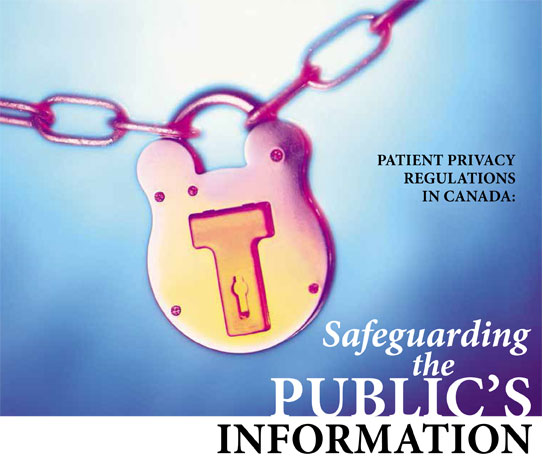By Evra Taylor
 What do you do when consumer convenience and best health practices collide? You turn to the government for guidance and legislation. But what if “the” government turns out to be “many” governments? This is the situation in Canada, where many health issues are provincially, rather than federally, regulated, obviating a uniform, harmonized healthcare landscape.
What do you do when consumer convenience and best health practices collide? You turn to the government for guidance and legislation. But what if “the” government turns out to be “many” governments? This is the situation in Canada, where many health issues are provincially, rather than federally, regulated, obviating a uniform, harmonized healthcare landscape.
Charlottetown, PEI Senator Percy Downe is a leading voice in the fight against the sale of cosmetic contact lenses in Canada; his views are consistent with those who protest the Internet sale of prescription eyeglasses and contact lenses. Those who share this viewpoint claim that the outcome of such sales is bad for consumers and often results in harmful ocular effects and injury.
Senator Downe is an advocate for Bill C-313, which would amend the Food and Drugs Act regarding cosmetic (non-corrective) contact lenses. The bill would ensure that Health Canada approves the product and that the proper medical device and establishment licences are in place before these products are manufactured and distributed to retailers. This would make them subject to the requirements of the Food and Drugs Act in the same way as corrective contact lenses.
However, having a licence has nothing to do with preventing harmful effects: while cosmetic lenses do not pose a problem in terms of being manufactured to the wrong prescription (which is an issue with online eyeglass and prescription lenses), the fact that they interact with the eyes creates significant potential problems for both wear and care. Optometrists point out that what is missing from these “self-serve” lenses is their input in sizing and lens care.
“Eyeballs come in different shapes and sizes; lenses have varying curvatures,” says Dr. Sheldon Salaba, president of the Ontario Association of Optometrists. “If contact lenses don’t fit properly and don’t move correctly, the cornea will swell and weaken.” From red eyes to blindness, “a whole host of complications can develop,” he adds.
What if you go the “lowest-price-on-the-shelf, no-name brand” route? If the lenses are from an unknown supplier, you could be headed for disaster. In that case, the risk of serious ocular problems like corneal scarring and blindness is 12 times greater than for those who buy from a known supplier, says Dana Cooper, director of governmental relations and public policy at the Canadian Association of Optometrists.
Health Canada Class II devices require the manufacturer’s declaration of device safety and effectiveness. However, because cosmetic lenses are not listed as Class II medical devices under the Food and Drugs Act, they are not subject to regulation by Health Canada. Sudbury, ON Member of Parliament Glen Thibeault, along with other consumer advocates, has described the lack of regulation in this area as, “a gap in consumer protection.”
“Health was mainly a provincial responsibility under the constitution when Canada was formed in 1867,” said Senator Downe. “Nobody foresaw sales of online items. I spoke on this issue in the Senate in the context of a proposal to ban “party contact lenses,” the coloured and designed contacts that are available at any party store or discount store.
“The internet is useful for buying everything from lawnmowers to automobiles, but when you’re dealing with health products, you need to ensure that the drive for savings is not offset by an increased possible health risk. In this case, we require national regulations to protect Canadians from businesses that were set up in a third-world nation, for all we know – and advertise online with a fancy web site – and you don’t know where they are, what the products are made of or what (level of) safety is involved.”
The consensus among Bill C-313 supporters is that the drive by certain contact lens companies to provide products that circumvent the scrutiny of professional bodies is motivated by profit. For his part, Senator Downe and like-minded individuals are committed to pushing for federal legislation that would help protect the eye health of all Canadians.







